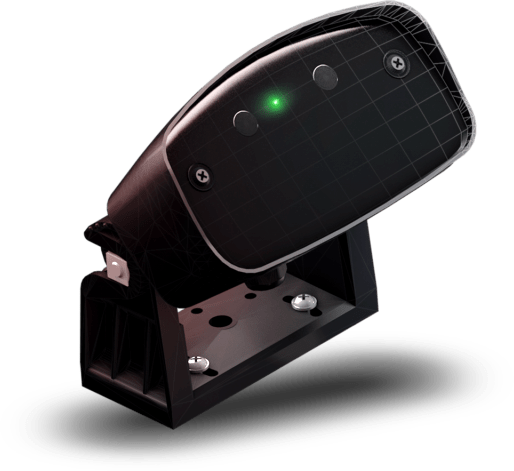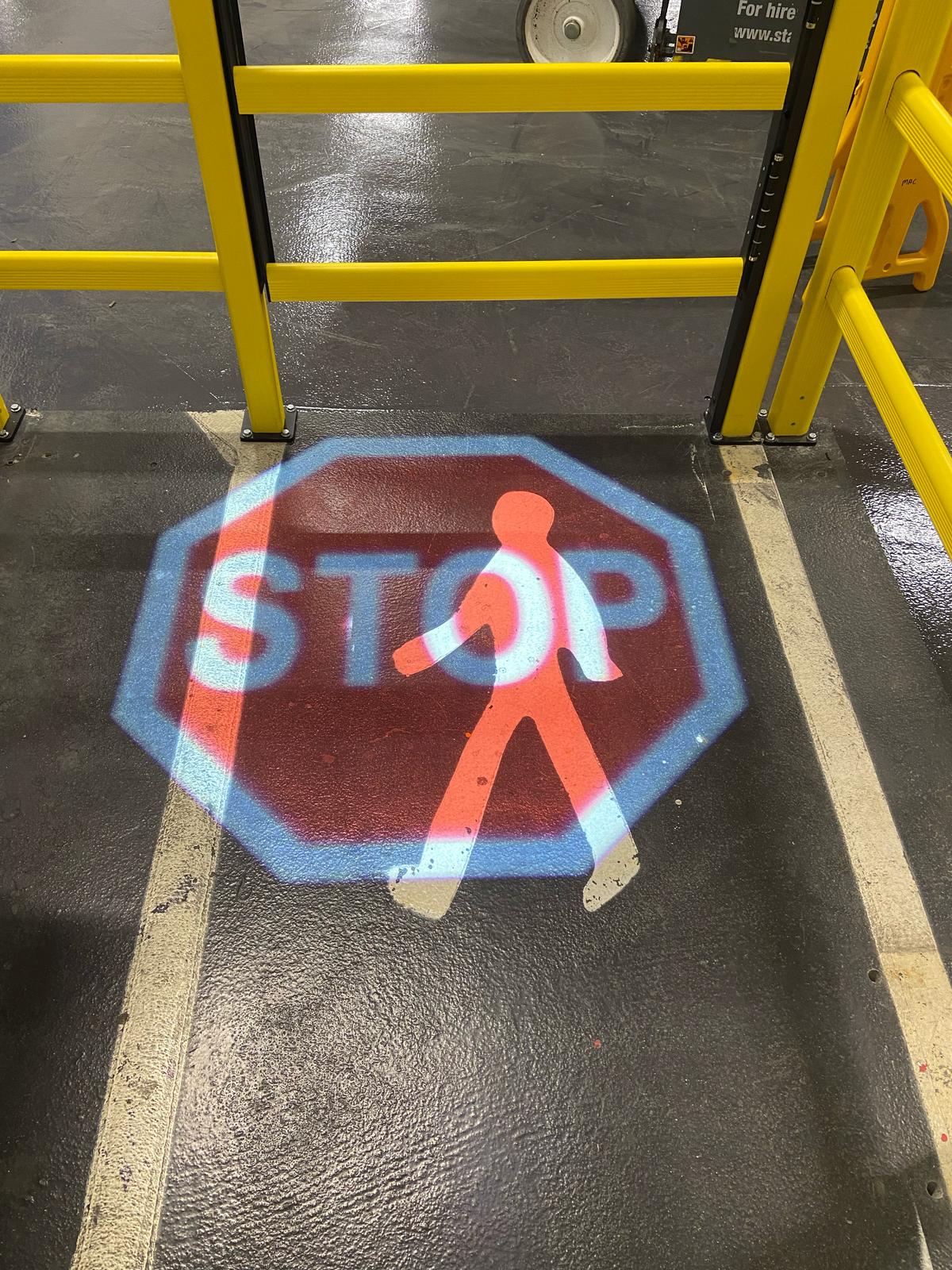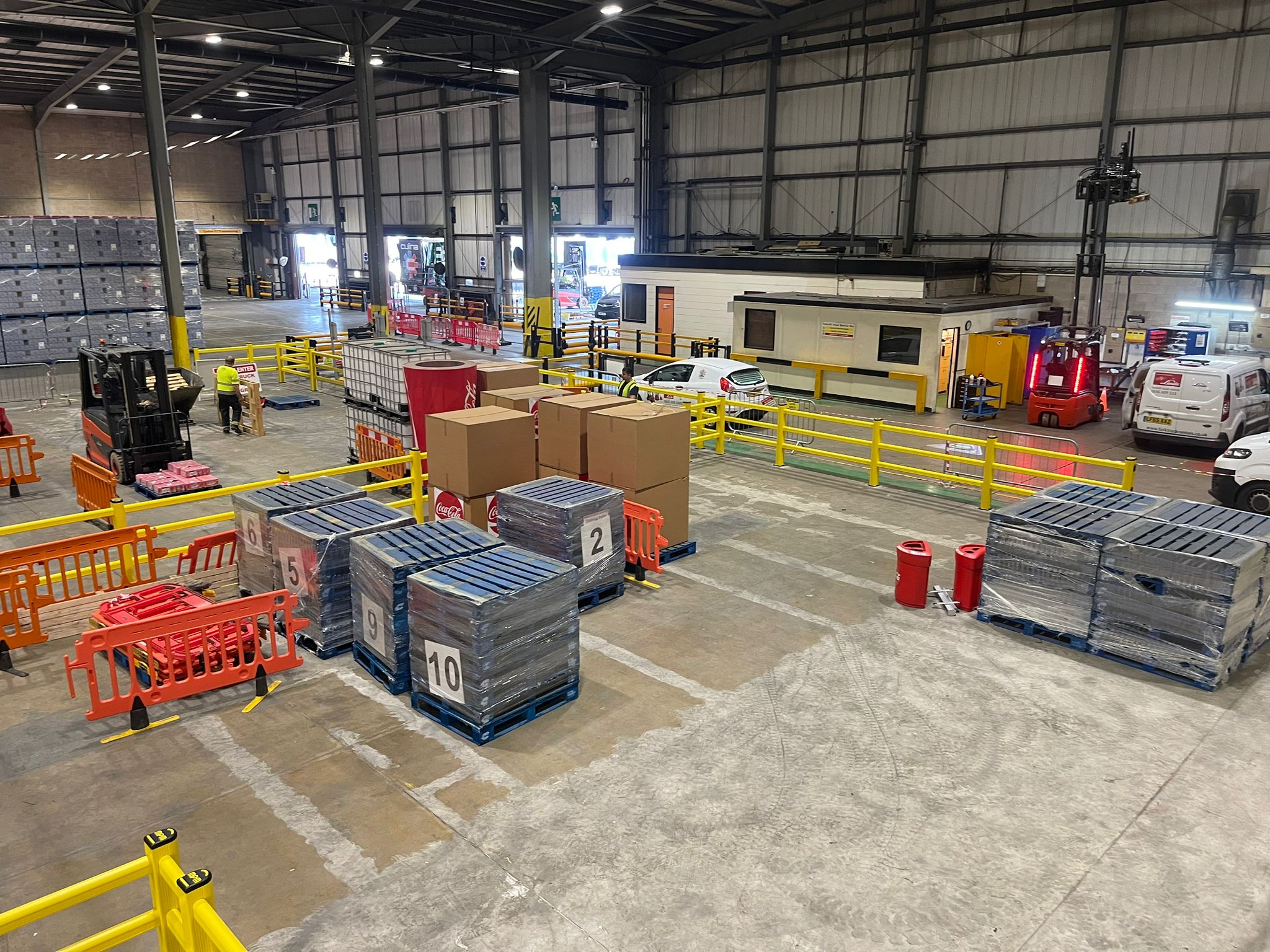Who Really Has Right of Way in a Warehouse: Forklifts or Pedestrians?
 By
Caleb Shaw
·
3 minute read
By
Caleb Shaw
·
3 minute read
Every time I step into a warehouse, I ask one question:
“Who gets priority here: forklifts or pedestrians?”

Most managers instinctively say pedestrians - and legally, they should. But in practice? Forklifts often dominate the floor. And that’s where the warehouse safety risks begin.
If you're serious about workplace transport safety, legal compliance, and creating a clear warehouse pedestrian safety strategy, this article is for you.
We’ll break down the pros and cons of giving priority to pedestrians vs. forklifts, the legal requirements for workplace transport, and how the latest HSE guidelines shape your responsibilities.
This guide is split into six key sections:
- What if you do nothing?
- Giving pedestrians priority
- Giving forklifts priority
- Your legal requirements
- Government guidelines
- A smarter solution to the problem
What Happens if you Do Nothing?
Ignoring the issue isn’t an option.
In 2024 alone, companies faced huge fines for warehouse transport accidents:
- CF Booth - £1.2 million
- Ward Recycling - over £2 million
Both cases were caused by forklift-pedestrian collisions that could have been prevented with better pedestrian segregation.
Neglecting these risks could also leave you open to prosecution under the Corporate Manslaughter and Corporate Homicide Act 2007. Without a clear traffic management plan, you’re gambling with lives - and your legal liability.
Giving Pedestrians Priority
When we launched the Safeway Gate, it reduced the risk of pedestrians accidentally entering forklift routes.
But here’s the reality: most warehouses still operate as though forklifts hold priority.
Typical site rules include “make eye contact with the forklift driver before crossing.” Sounds practical, but in the eyes of the law? It’s not enough.
The Workplace (Health, Safety and Welfare) Regulations 1992 require:
- Clearly defined pedestrian crossings
- Physical or visual controls to separate people from vehicles
That’s why systems like LED pedestrian crossings are becoming the gold standard. Activated by the pedestrian, they make crossings visible, deliberate, and legally compliant.
Some warehouses go further: locking down crossings entirely until it’s confirmed safe. That’s what genuine pedestrian priority looks like.
Giving Forklifts Right of Way
In fast-moving environments like production plants or busy warehouses, forklifts sometimes get priority.
This only works when there is total segregation. Pedestrians are banned from forklift areas unless entry is planned and controlled.
Solutions like self-locking pedestrian gates or barriers are common here. But remember - unless you can guarantee 100% separation, accidents are inevitable.
Your Legal Requirements
Under the Workplace (Health, Safety and Welfare) Regulations, traffic routes must be organised to protect pedestrians.
Allowing FLTs to take priority puts the more vulnerable group at greater risk, which breaches the employer's duty under the Health and Safety at Work etc. Act 1974.
Government Guidelines
Let’s talk about HSG136: A Guide to Workplace Transport Safety, the UK government's go-to playbook for keeping people safe around moving vehicles at work.
While HSG136 isn’t a law, failing to follow it could be used as evidence of a legal breach in a criminal prosecution.
The guide drills into three core pillars of safety:
- Safe site – how your workplace is laid out and operates
- Safe vehicle – making sure equipment is fit for purpose
- Safe driver – ensuring the person behind the wheel is trained and capable
But the biggest takeaway? Keep people and vehicles apart. According to HSG136, the most effective way to protect pedestrians is to physically separate them from vehicles, ideally with entirely different routes.
And when separation isn’t possible? The guidance is clear: crossings must be properly marked and signposted. Think of it like designing a road for foot and vehicle traffic: barriers, rails, and clear sightlines in all directions aren’t optional. They’re essential.
For warehouse operators in particular, the message is loud and clear: if it’s reasonably practicable, keep people and vehicles apart.
If they must share space, pedestrians should always have a clearly marked, safe route and the right of way.
The reality? Many warehouses still fall short, not out of negligence but because habits haven’t caught up with modern safety standards.
A Smarter Solution: Safeway Gate
Our SafeWay Gate system solves this issue.
Here’s how it works:
- A pedestrian approaches the gate
- They press a button
- A bright LED walkway projects onto the floor
Forklift drivers can’t miss it. Pedestrians know when it’s safe. Everyone is aligned.
It’s visible, compliant, and efficient. Forklifts keep moving unless someone needs to cross - but when they do, the pedestrian has full, clear priority.
Take a look:
Don’t Wait for the Accident
The fines are rising. The legal pressure is tightening. The human cost? Unmeasurable.
If you want to:
- Reduce warehouse liability
- Protect pedestrians from forklifts
- Stay compliant with HSE guidance
...then now is the time to act.
Here’s what we’re offering:
- Free site safety assessment
- Cost and ROI analysis
- Visual warehouse mockups
- Full compliance review
Book your free assessment today and see how pedestrian-first safety systems can transform your site.



